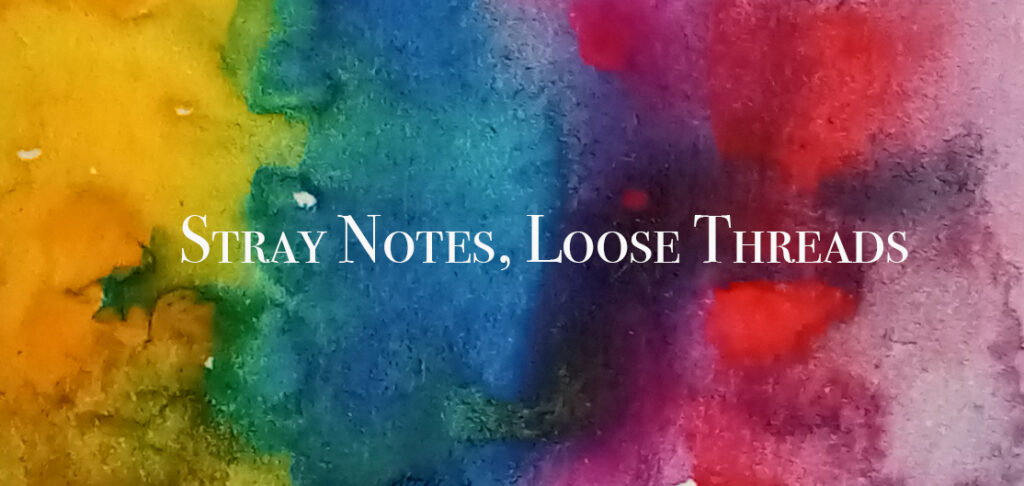The Ainu people of Northern Japan have a unique culture, one that was almost lost.
Now mostly in Hokkaido, the Ainu once lived from Honshu to Kuril, and differ in their linguistics and culture from the Japanese, who displaced them 150 years ago from their ancestral lands. In April 2019 the Ainu people were recognised as indigenous by the Japanese government and are slowly regaining their rights.

Ainu ceremonial costume, kaparamip, is striking. It uses embroidery, stitch and appliqué to impart talismanic power and the patterns might reference the distinctive tattoos that women carry.
On January 30th this year a gift of taonga – treasure – was made to Aotearoa New Zealand. The gift is of an attus (robe), kaparamip, and an oshikesaranip (shoulder bag), and the taonga are now kept in Te Papa. The occasion celebrated 100 years of Māori/ Ainu relations; you can read more about that history and about the handing-over event here.
Read more:
https://www.bbc.com/travel/article/20200519-japans-forgotten-indigenous-people
Learn more:
https://www.ff-ainu.or.jp/web/english/details/post-8.html
https://www.tota.world/article/467
https://www.instagram.com/selinaam05/p/CcONVAEoICj/?img_index=1
Photo credit: Used under a Creative Commons Licence from The Metropolitan Museum of Art, Asian Art, Purchase, Bequest of Edward G. Kennedy and The Lesley and Emma Sheafer Collection, Bequest of Emma A. Sheafer, by exchange, 1984

Leave a Reply